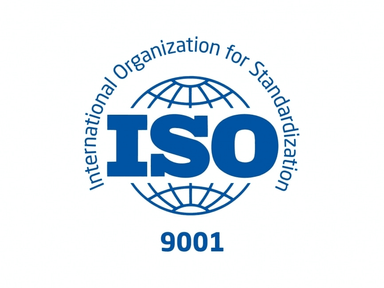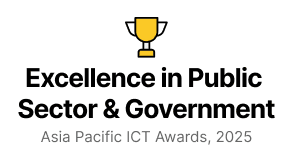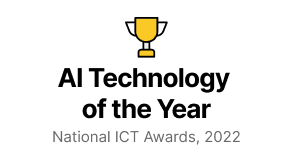
INDUSTRY : Government
Location : Europe

Estonia stands as a global leader in e-governance, having built one of the world's most sophisticated citizen-centric technological ecosystems. Their revolutionary X-Road platform, introduced in 2001, established the foundation for Estonia's digital society by implementing a distributed architecture for state information systems—enabling secure interoperability across public and private sector services through a standardized data exchange protocol. These early investments in data and infrastructure positioned Estonia strategically for the AI revolution, leading to their "Kratt AI" strategy—a comprehensive framework aimed at accelerating AI adoption across the public sector while ensuring ethical deployment and citizen trust. At the heart of this vision lies Bürokratt, an AI-powered virtual assistant that serves as a unified gateway to government services, providing citizens with proactive, personalized, and context-aware interactions across the full spectrum of public services.
- Design and develop an AI model training platform that would enable the different departments of the Estonian government to build and deploy their own domain-specific AI classification models.
- Provide the capability for different government agencies to upload their data, train classification models, and integrate with their data sources on a government scale
- Ensure seamless scalability of the platform to accommodate hundreds of government departments while maintaining optimal performance and resource utilization.
- Implement privacy-preserving mechanisms throughout the data lifecycle—from ingestion to model training and inference—ensuring full compliance with Estonia's digital governance framework and EU regulations while maintaining model performance.
The Rootcode AI team developed an AI model training platform that enables government agencies to build and deploy custom classification models using their domain-specific data. The platform's architecture ensures data privacy and compliance with Estonian and EU regulations while providing agencies the autonomy to develop models tailored to their data.
The trained models seamlessly integrate into existing workflows—for example, departments deploy classification models that automatically route incoming communications to the appropriate teams. The platform will be a key component for government institutions including the Police and Border Guard Board, the Ministry of Education and Research, and the Information System Authority.









